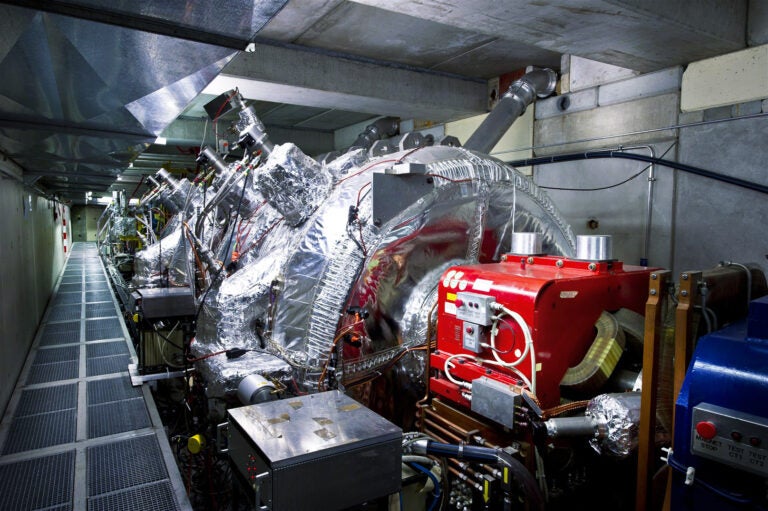The key concept here is what is known as the black hole’s “event horizon.” Think of this as the “point of no return.” Once matter reaches this event horizon, all of the standard folklore about black holes applies. Nothing inside the event horizon can ever get out again, not even light.
The event horizon is often called the “Schwarzschild radius” of the black hole. The term takes its name from theoretical physicist Karl Schwarzschild (1873-1916). Schwarzschild first used Einstein’s equations of general relativity to predict the existence of black holes in 1916.
What happens, mathematically, at the Schwarzschild radius is that the metric — the grid that marks out space and time — becomes so distorted, it exhibits what theoretical physicists call a singularity. This, in effect, decouples the universe inside the radius from the rest of the universe. This is a mathematical way of saying that nothing, not even light, can ever escape the clutches of a black hole.
The Schwarzschild radius is very small — a little over a mile for an object the mass of the Sun — so gravity near a black hole is very strong. Matter falling into the black hole gets jammed together, which causes it to heat up and give off radiation. This kind of radiation is garden variety stuff — what you’d get if you heated matter in a laboratory. It is not the same as Hawking radiation, but that’s a subject for another question. — James Trefil, Clarence J. Robinson Professor of Physics, George Mason University










